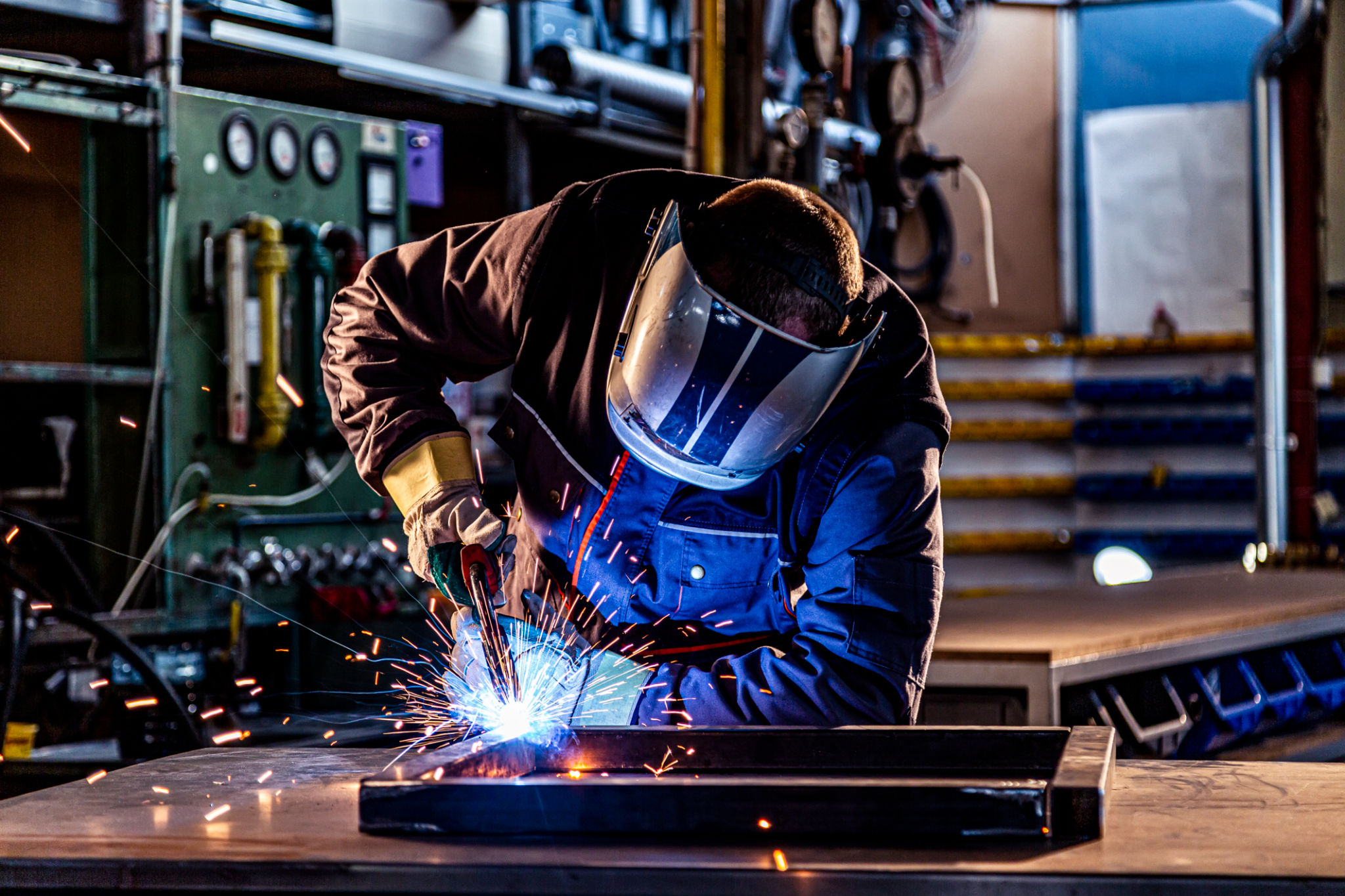Choosing the Right Gas for Your Welding Needs: An Expert's Guide
Understanding the Role of Shielding Gas in Welding
When it comes to welding, choosing the right shielding gas is crucial for ensuring strong, clean welds. Shielding gas protects the weld pool from atmospheric contamination, which can lead to defects. Different gases and gas mixtures can significantly affect the quality and characteristics of your weld.
Understanding the role of shielding gas in welding will help you make informed decisions to achieve optimal results. From influencing arc stability to determining the mechanical properties of a weld, the choice of gas cannot be underestimated.

Common Types of Welding Gases
Several gases are commonly used in welding, each serving distinct purposes based on the welding process and materials involved. The most frequently used gases include:
- Argon: A versatile gas often used in TIG and MIG welding, providing excellent arc stability and reduced spatter.
- Carbon Dioxide (CO2): A cost-effective choice for MIG welding, ideal for thicker materials, though it can increase spatter.
- Helium: Often mixed with argon for a hotter arc, suitable for thick metals and faster travel speeds.
- Oxygen: Used in small amounts with other gases to enhance penetration and arc stability.
Factors to Consider When Choosing a Gas
When selecting a shielding gas, several factors should be taken into account to ensure the best possible performance. These factors include:
- Material Type: Different materials require different gases. For example, aluminum welds typically benefit from argon, while stainless steel may require a mix of argon and CO2.
- Welding Process: Each welding technique, such as MIG, TIG, or flux-cored arc welding (FCAW), may require specific gases or mixtures to achieve optimal results.
- Cost Considerations: While some gases are more expensive, their benefits in terms of weld quality and speed can offset initial costs.

The Importance of Gas Mixtures
Gas mixtures are often used in welding to combine the benefits of individual gases. For example, mixing argon with a small percentage of CO2 can enhance arc stability while minimizing spatter. Another popular mixture is argon with helium, which increases heat input and is ideal for thick sections or fast travel speeds.
The right gas mixture can improve weld penetration, reduce defects, and enhance the overall quality of the weld. Understanding the specific requirements of your project will guide you in selecting the most effective gas combination.
Troubleshooting Common Welding Gas Issues
Ineffective shielding can lead to various welding problems, such as porosity or excessive spatter. Understanding common issues related to shielding gas can help you troubleshoot and resolve these challenges efficiently.
If you experience irregular arc stability or visible defects in your welds, reevaluating your gas choice or checking for leaks in the delivery system may be necessary. Ensuring proper flow rates and maintaining clean equipment are also vital steps in preventing gas-related issues.

Conclusion: Making an Informed Decision
Selecting the right shielding gas for your welding needs is a crucial step in achieving high-quality welds. By understanding the properties of different gases and considering factors such as material type, welding process, and cost, you can make informed decisions that optimize your welding projects.
Experimenting with different gases and mixtures under controlled conditions can further enhance your understanding and proficiency in selecting the most suitable options for your specific applications. As technology advances, staying informed about new developments in welding gases can also provide competitive advantages in achieving superior results.
